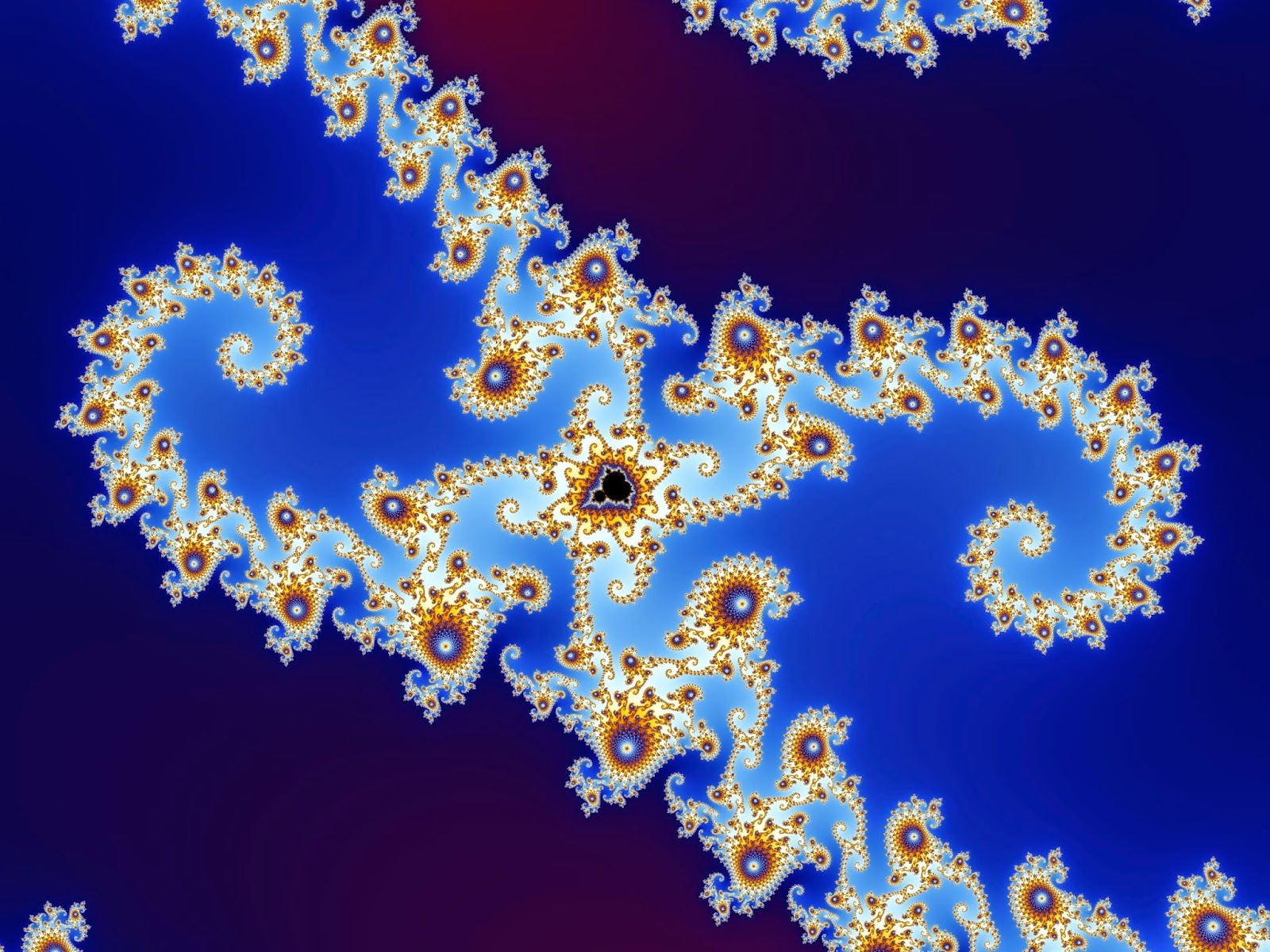It is what can generate a bit (part 1)
and
It takes two to tango (part 2)
Sorry for the delay, I was on vacation and although I brought my laptop with me, I forgot the charger and I could not use it. I got internet access through my cell phone, but typing on a tiny screen is not suitable for generating a blog post.
So with a bit of delay, today I present part two: it takes two to tango.
Let me start by listing the axioms used in other approaches to derive quantum mechanics:
Barnum and Wilce: "Local tomography and the Jordan structure of quantum theory":
- individual systems are Jordan algebras,
- composites are locally tomographic,
- at least one system has the structure of a qubit
Dakic and Brukner: "Quantum Theory and Beyond: Is Entanglement Special?":
- (Information capacity) an elementary system has the information carrying capacity of at most one bit. All systems of the same information carrying capacity are equivalent;
- (Locality) the state of a composite system is completely determined by local measurements on its subsystems and their correlations;
- (Reversibility) between any two pure states there exists a reversible transformation;
- (Continuity) between any two pure states there exists a continuous reversible transformation.
- in systems that carry one bit of information, each state is characterized by a finite set of outcome probabilities;
- the state of a composite system is characterized by the statistics of measurements on the individual components;
- all systems that effectively carry the same amount of information have equivalent state spaces;
- any pure state of a system can be reversibly transformed into any other;
- in systems that carry one bit of information, all mathematically well-defined measurements are allowed by the theory.
Chiribella, D’Ariano, and Perinotti: "Informational derivation of Quantum Theory":
- Causality: the probability of a measurement outcome at a certain time does not depend on the choice of measurements that will be performed later.
- Perfect distinguishability: if a state is not completely mixed (i.e. if it cannot be obtained as a mixture from any other state), then there exists at least one state that can be perfectly distinguished from it,
- Ideal compression: every source of information can be encoded in a suitable physical system in a lossless and maximally efficient fashion. Here lossless means that the information can be decoded without errors and maximally efficient means that every state of the encoding system represents a state in the information source,
- Local distinguishability: if two states of a composite system are different, then we can distinguish between them from the statistics of local measurements on the component systems,
- Pure conditioning: if a pure state of system AB undergoes an atomic measurement on system A, then each outcome of the measurement induces a pure state on system B. (Here atomic measurement means a measurement that cannot be obtained as a coarse-graining of another measurement).
Lucien Hardy: "Quantum Theory From Five Reasonable Axioms"
- Probabilities,
- Simplicity (K is determined by a function of N and for each given N, K takes the minimum value consistent with the axioms),
- Subspaces,
- Composite systems rules ( \( N_{A⊗B} = N_A N_B \) and \( K_{A⊗B} = K_A K_B \) ),
- Continuity (there exists a continuous reversible transformation on a system between any two pure states of that system)
Sure, there are other axiomatization approaches which do not use composition, but why is system composition appearing so often? The answer is in quantum correlations which by Bell's theorem cannot be causally explained.
More important, for the spin 1/2 case, Bell produced an exact hidden variable model which obtains all quantum mechanics predictions for one particle. This means that considerations of only one particles (systems) are not enough to distinguish between classical and quantum mechanics! Hence the need to consider COMPOSITE systems.
Now what http://arxiv.org/abs/1407.7610 shows is that composition considerations are extremely powerful because they constrain the algebraic properties. The best analogy is that of a fractal:
with the key difference that invariance under tensor composition implies that the self-similarity pattern is IN PLACE. This is how system composition constraints the dynamic.
Composition demands either:
- Quantum mechanics (elliptic composability)
- Classical mechanics (parabolic composability)
- Split-complex quantum mechanics (hyperbolic composability)
It is what can generate a bit kills the hyperbolic case.
Then how can we separate the quantum from the classical case? Some quantum mechanics reconstruction proposals (starting with Hardy's) talk about "a continuous reversible transformation" between any two pure states. Next time I'll address this issue and its relationship with quantum mechanics interpretations.


No comments:
Post a Comment